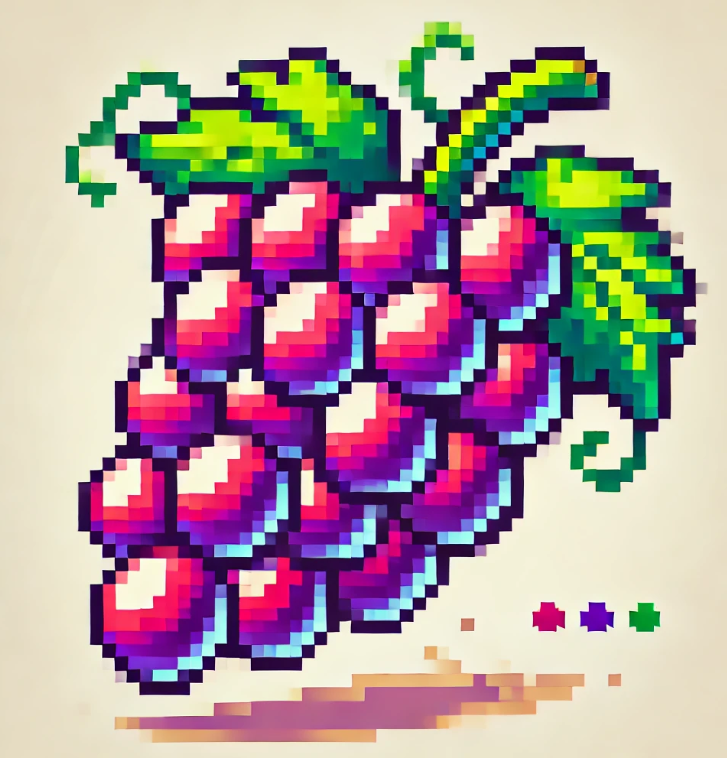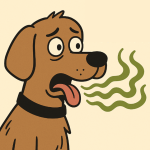
A Guide to Toxic Foods and How to Keep Your Furry Friends Safe
As pet owners, we often think of our dogs and cats as members of the family, sharing our homes, our routines, and sometimes even our snacks. However, what’s harmless (or even healthy) for us can sometimes be dangerous, even deadly, for our four-legged companions. Many common household foods are toxic to dogs and cats, and it’s crucial to be aware of the risks. This blog highlights research on some of the most common culprits, how they affect pets, and what you can do to keep your furry friends safe.
The Dangers Lurking in Your Pantry
You may be surprised to learn that foods we often take for granted—like chocolate, onions, grapes, and even bread dough—can be hazardous to pets. While we enjoy these treats, our pets’ bodies aren’t designed to process them the same way ours are. Let’s take a closer look at some of the most common foods that can cause serious health problems for dogs and cats.
Chocolate: The Not-So-Sweet Danger

Chocolate is one of the most well-known toxic foods for dogs. It contains theobromine and caffeine, both of which can affect your pet’s heart and nervous system. Even small amounts can cause vomiting, diarrhea, increased heart rate, and in severe cases, seizures and death.
Dark chocolate and cocoa powder are particularly dangerous because they contain higher concentrations of theobromine. For example, a mere ounce of dark chocolate can be enough to harm a small dog. During holidays like Christmas or Valentine’s Day, when chocolate is abundant, it’s especially important to keep these sweet treats out of your pet’s reach.
What You Can Do: If your dog accidentally eats chocolate, call your vet immediately. In some cases, inducing vomiting or administering activated charcoal can help prevent the toxins from being absorbed.
Grapes and Raisins: A Sweet Snack with Bitter Consequences
Grapes, raisins, sultanas, and currants might seem like a harmless snack, but they are extremely toxic to dogs. What makes this even scarier is that scientists are still unsure of the exact toxin responsible for the dangerous effects. Even small amounts of these fruits can cause kidney failure in dogs, leading to vomiting, lethargy, and, in the worst cases, death.
Some dogs may eat grapes or raisins and appear fine, but don’t let that fool you. There’s significant variability in how different dogs react, and it’s impossible to predict how much will be harmful.
What You Can Do: If you suspect your dog has ingested grapes or raisins, contact your veterinarian immediately. Early treatment is essential for preventing kidney damage, and hospitalization may be necessary.
Onions and Garlic: Cooking Staples, But Not for Pets

Onions, garlic, leeks, and chives—all part of the Allium family—are commonly used in cooking, but they can be highly toxic to both dogs and cats. The compounds in these vegetables can cause damage to red blood cells, leading to hemolytic anemia. This condition can result in symptoms like vomiting, diarrhea, weakness, pale gums, and dark-colored urine.
It doesn’t take much for these foods to be harmful. Even a small amount of onion powder found in some soups, sauces, or baby food can be enough to cause a problem. Cooking these vegetables doesn’t reduce their toxicity either, so be mindful of sharing leftovers with your pets.
What You Can Do: Keep onions, garlic, and foods containing them out of your pets’ diet. If they consume any, seek veterinary attention quickly, especially if they begin to show signs of anemia.
Xylitol: A Sugar Substitute with Deadly Consequences
Xylitol is a common artificial sweetener used in sugar-free gum, candies, and even some peanut butters. While it’s a great sugar substitute for humans, xylitol is extremely dangerous for dogs. It causes a rapid release of insulin, leading to hypoglycemia (low blood sugar), which can result in weakness, seizures, and even liver failure.
Just a small amount of xylitol can trigger these effects. Unlike some other toxins, there’s no variability here—any amount of xylitol should be considered an emergency.
What You Can Do: Always check ingredient labels before giving your pet any human food, especially peanut butter, which is often used in dog treats. If your dog eats something with xylitol, rush them to the vet immediately, as quick intervention can save their life.
Bread Dough: Rising Risks
Unbaked bread dough may not seem like a threat, but it can be incredibly dangerous for pets, especially dogs. When ingested, the warm environment of a pet’s stomach causes the yeast in the dough to ferment, producing alcohol and carbon dioxide. This can lead to alcohol poisoning and dangerous bloating, a condition known as gastric dilatation.
Symptoms include vomiting, disorientation, weakness, and in severe cases, a distended abdomen. Alcohol poisoning can cause central nervous system depression and can be life-threatening.
What You Can Do: Prevent access to raw dough, and if your dog ingests it, seek veterinary care right away.
Preventing Accidents: What You Can Do
The good news is that many food-related poisonings in pets are preventable. Here are some tips to keep your furry friends safe:
- Store food securely: Make sure foods like chocolate, grapes, onions, and xylitol-containing products are stored out of reach, preferably in cabinets or sealed containers.
- Educate friends and family: Let visitors know about the dangers of sharing human food with your pets.
- Keep an eye on them during meals: Be cautious about leaving food unattended, especially during holidays or gatherings when there are lots of tempting treats around.
Join the Conversation
Have you ever experienced a food-related scare with your pet? What steps do you take to keep harmful foods out of their reach? Share your experiences in the comments below or join the conversation on social media. Together, we can spread awareness and keep our pets safe!




